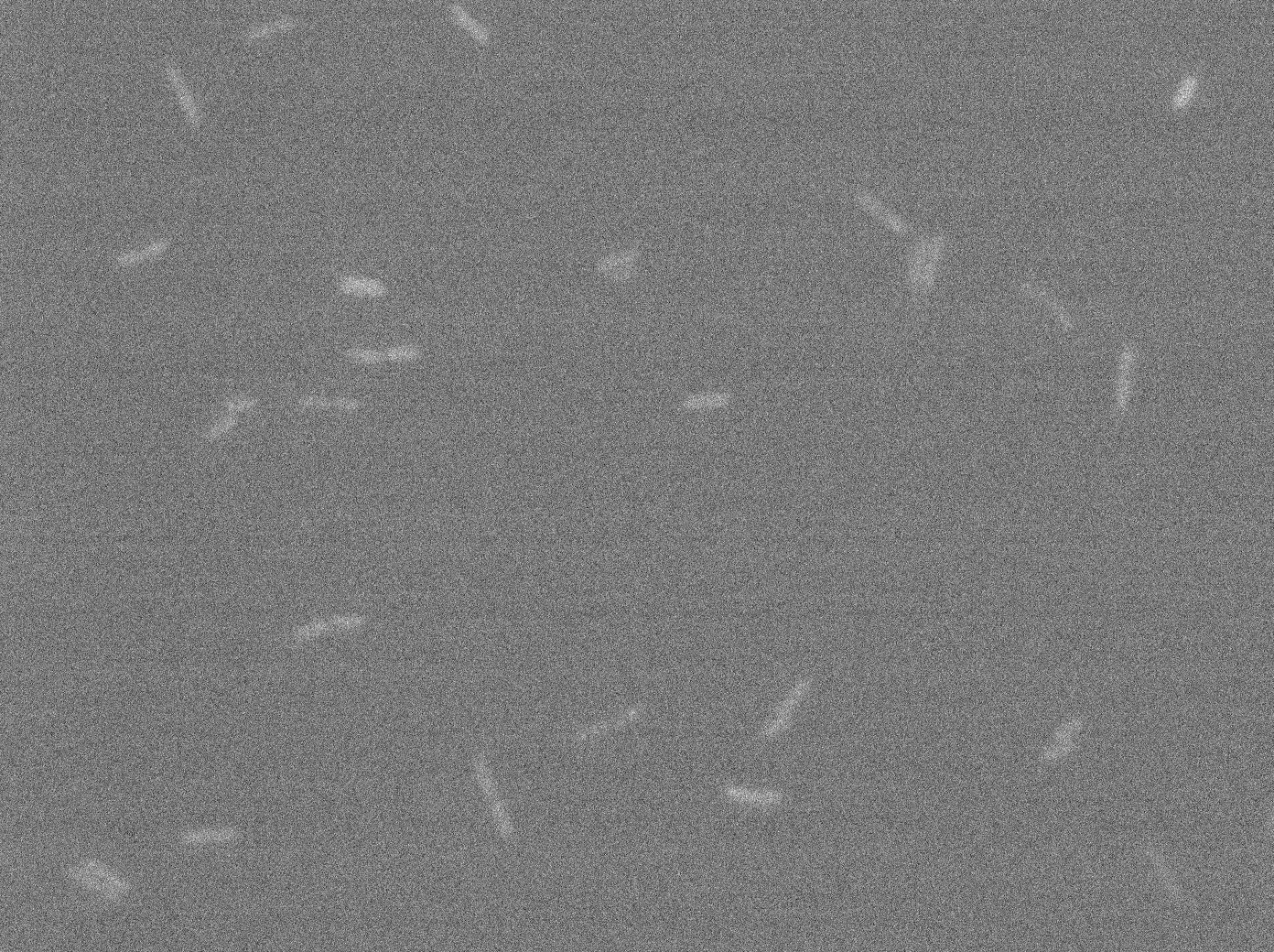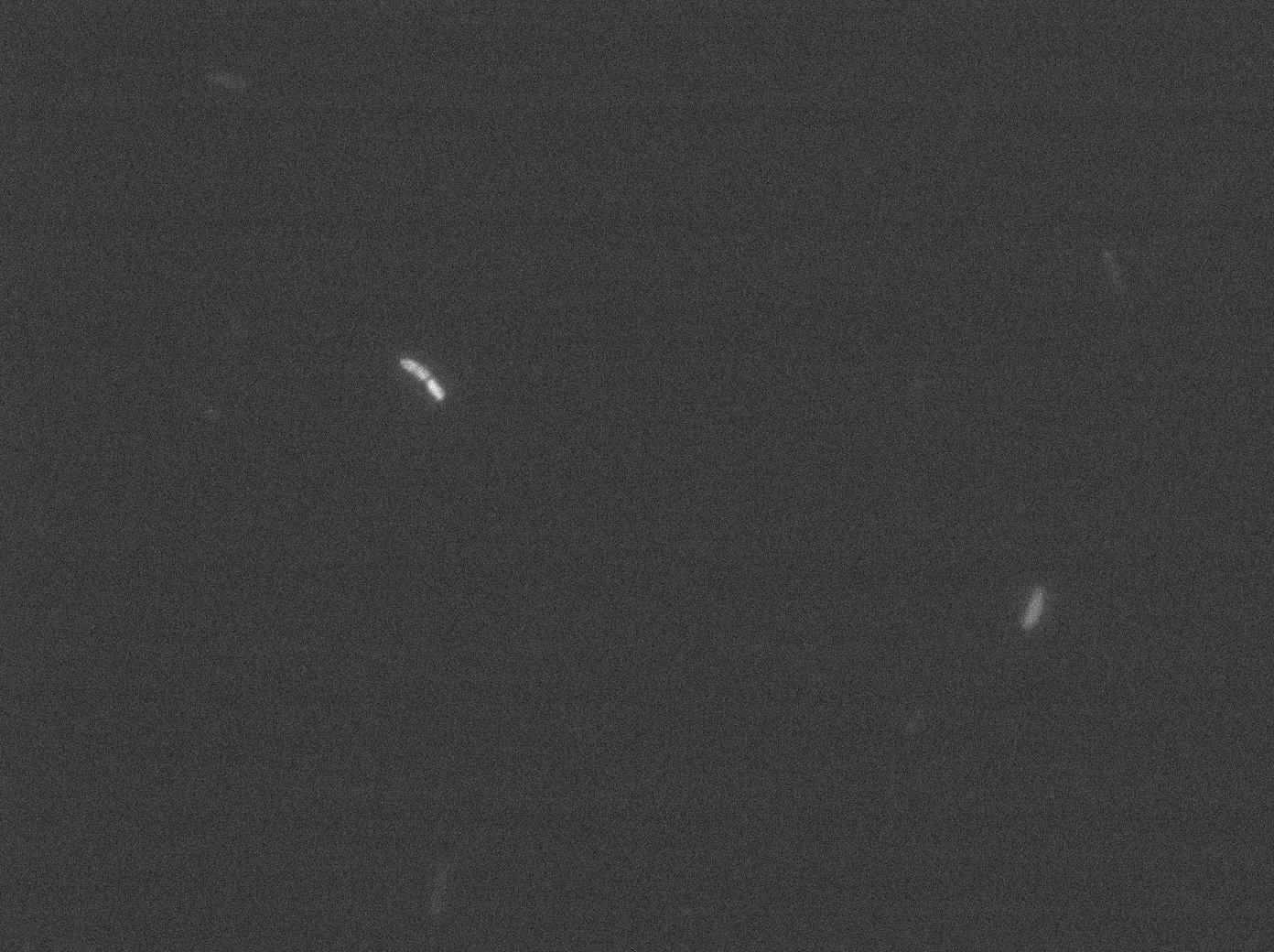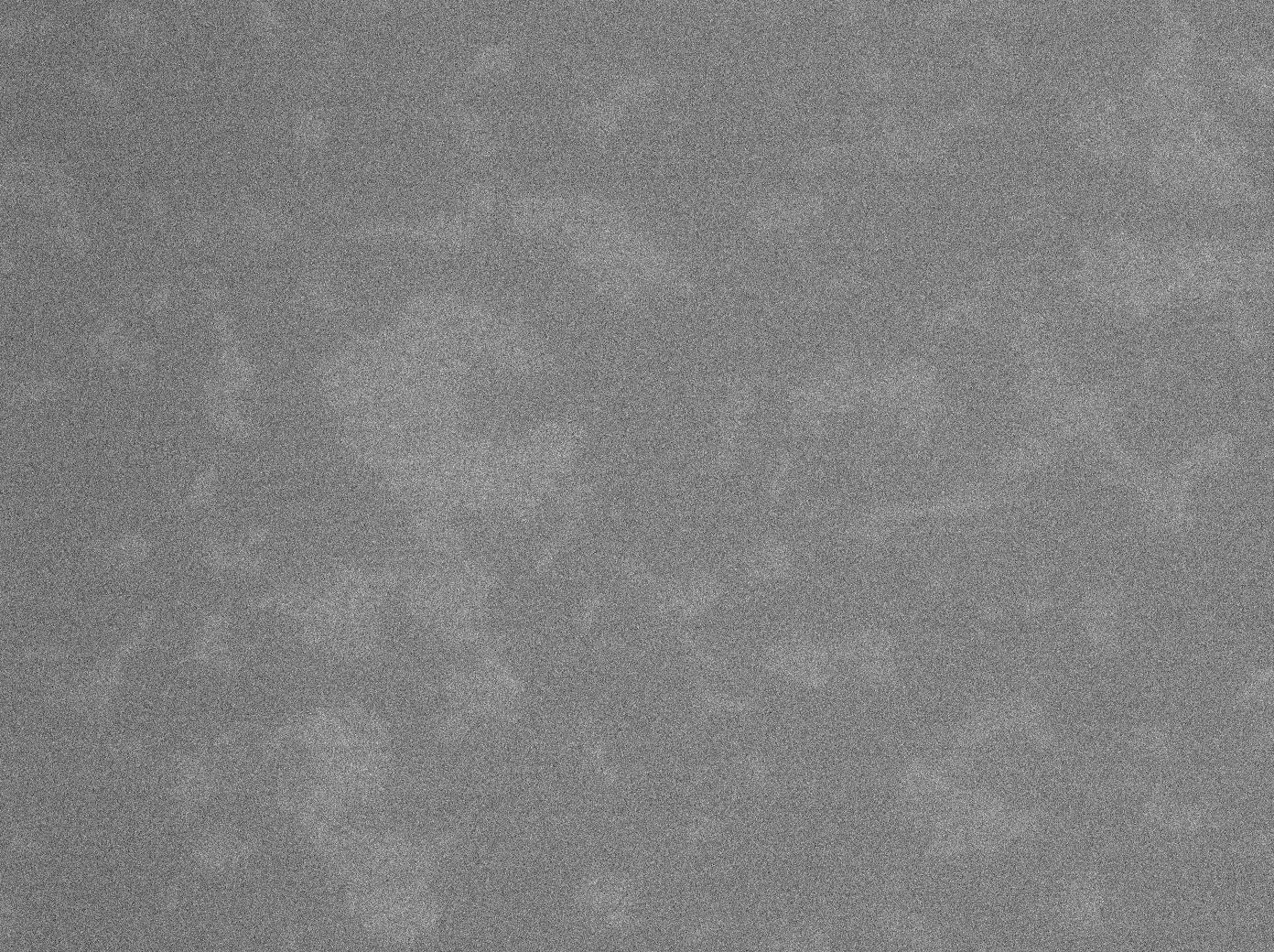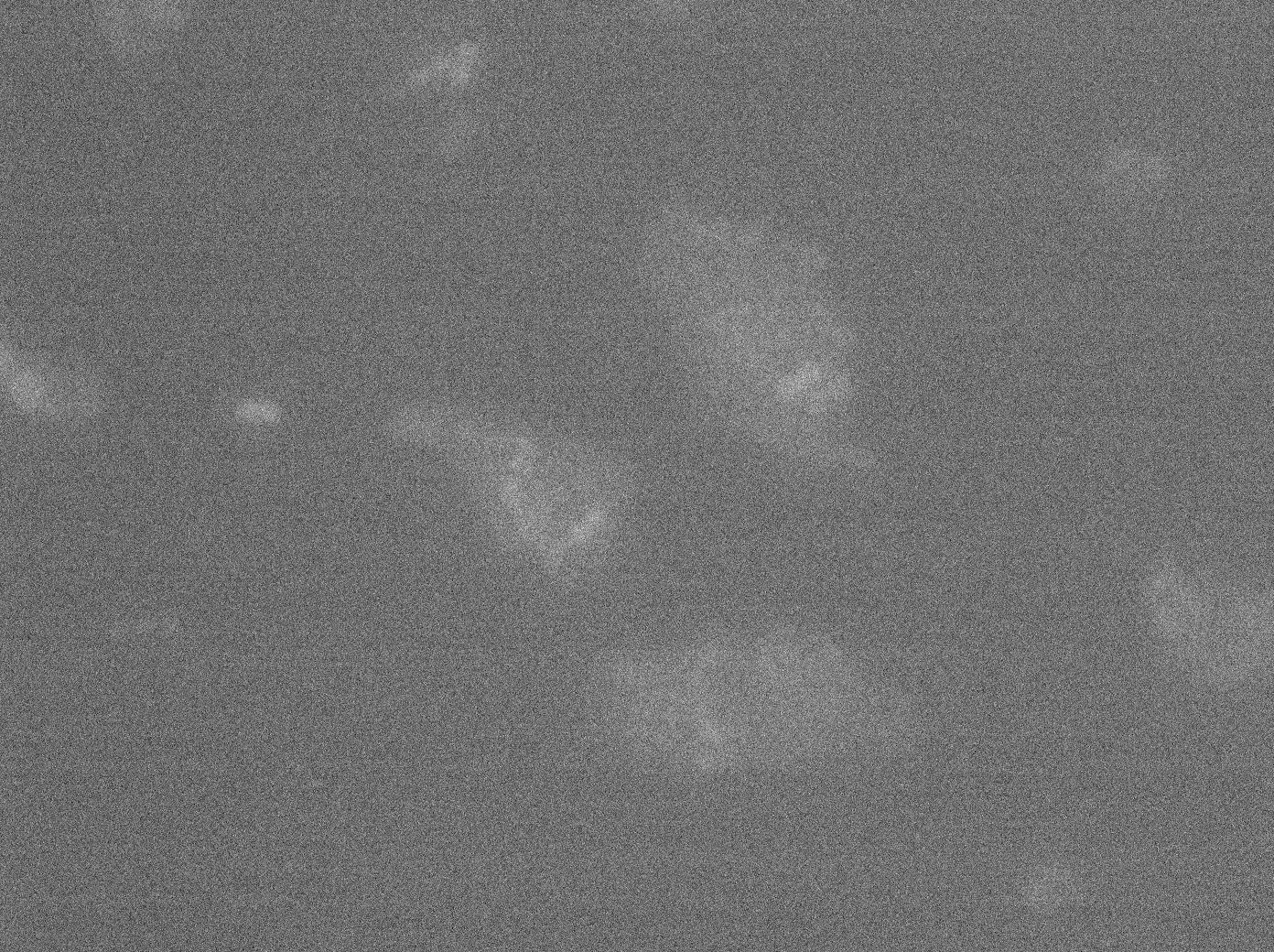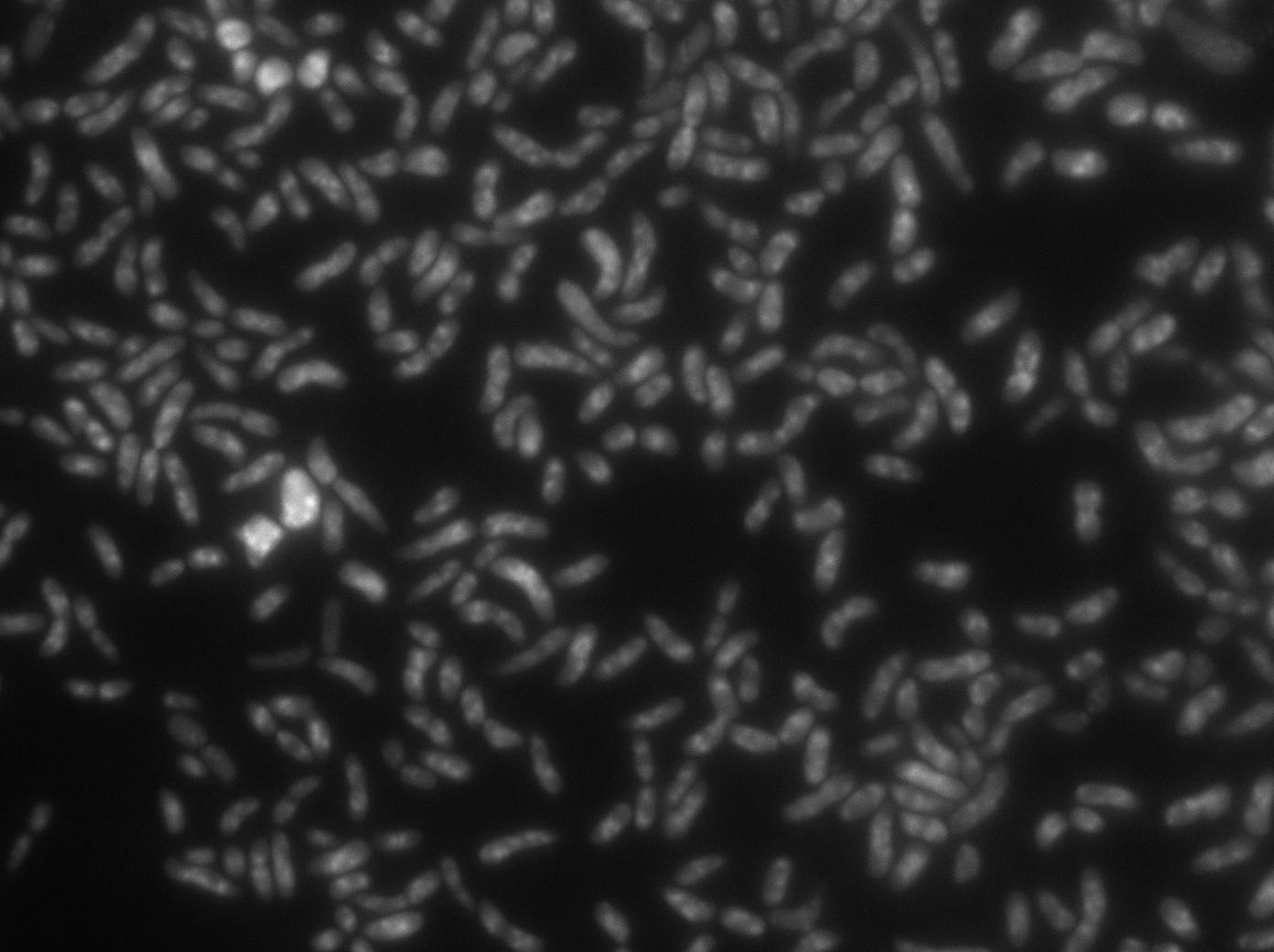Team:Paris Bettencourt/Experiments/YFP TetR diffusion
From 2011.igem.org
| Line 100: | Line 100: | ||
<html> | <html> | ||
| - | + | </ul> | |
<div id="citation_box"> | <div id="citation_box"> | ||
<p id="references">References</p> | <p id="references">References</p> | ||
Revision as of 15:59, 21 September 2011

Experiments of the YFP concentration design
The planning of the experiments is the following : first we have tested the strains from D. Lane containing YFP:tetR and tetO array. Then we constructed/biobricked the YFP:tetR and tetO array system. To finish with the microscopy step and results of this proof of concept between B. subtilis and B. subtilis / E. coli.
Testing the YFP:tetR strains from D. Lane
In the article [1], E. coli strains are growing at 20°C to avoid protein agregation but the problem is that nanotube between B. subtilis has been only proved to exist at 37°C. We test different possibilities : at 37°C or 30°C and concentration of arabinose (0% - 0,1% -0,2%) to deal with protein agregation.
With the combinaison of YFP:tetR and TetO array plasmids, we can see few loci of fluorescence with 0,2% arabinose and because there are in the cell extremity we can suppose that it is concentrated fluorescence in tetO array. Nevertheless the protein agregation is very effective when there is only YFP:tetR at 30°C and 37°C in E. coli.
More pictures and information on the notebook (link).
Biobricked system construction
YFP:tetR construction

Fig1: Cloning plan of YFP:tetR construction
TetO array construction

Fig2: Cloning plan of TetO array construction
Results and microscopy of the proof of concept
Start with the bad news :We have a lot of trouble to biobrick the YFP:tetR so it will be done if we successed to go to the World Jamboree.
But the good news :
We success to biobrick the TetO array and the next step is to characterize it. The plan is to do microscopy in E. coli double transformated with YFP:tetR WT and tetO array BB, E. coli with YFP:tetR WT only (already have from D. Lane), E. coli with tetO array BB only, Subtilis with tetO array (in pHM3).
Characterization: TetO Array's running way
In order to do this characterization, we took pictures of different plasmids containing only TetO; TetR + YFP; TetO + TetR + YFP. in each case we made a control by non inducing the promoter with arabinose.The pictures of tetO show no YFP activity, which is normal because there is no YFP sequence in these plasmids.
The tetR-YFP construct which constitutes the transmitter part, occasionally shows gross aggregated YFP. This is not what we expected at first, but that does not prevent us to characterize the full construct.
After observing the full construct's pictures, we can obviously distinguish glowing dots in some cells. They reflect the behavior we expected. Indeed, appearance of dots (red arrow) shows that the receiver (tetO array) actually links tightly to tetR-YFP which is the emitted protein. Not all the dots are highlighted with red arrows but all are fluorescence loci !
References
- An excitable gene regulatory circuit induces transient cellular differentiation, Gürol M. Süel, Jordi Garcia-Ojalvo, Louisa M. Liberman & Michael B. Elowitz, Letter to Nature, available here
- Tunability and Noise Dependence in Differentiation Dynamics Gürol M., Gürol M. Süel, Rajan P. Kulkarni, Jonathan Dworkin, Jordi Garcia-Ojalvo, Michael B. Elowitz, available
References
- Kinetics of plasmid segregation in Escherichia coli, Scott Gordon, Jerôme Rech, David Lane and Andrew Wright, Molecular Biology, available here
">here
 "
"


